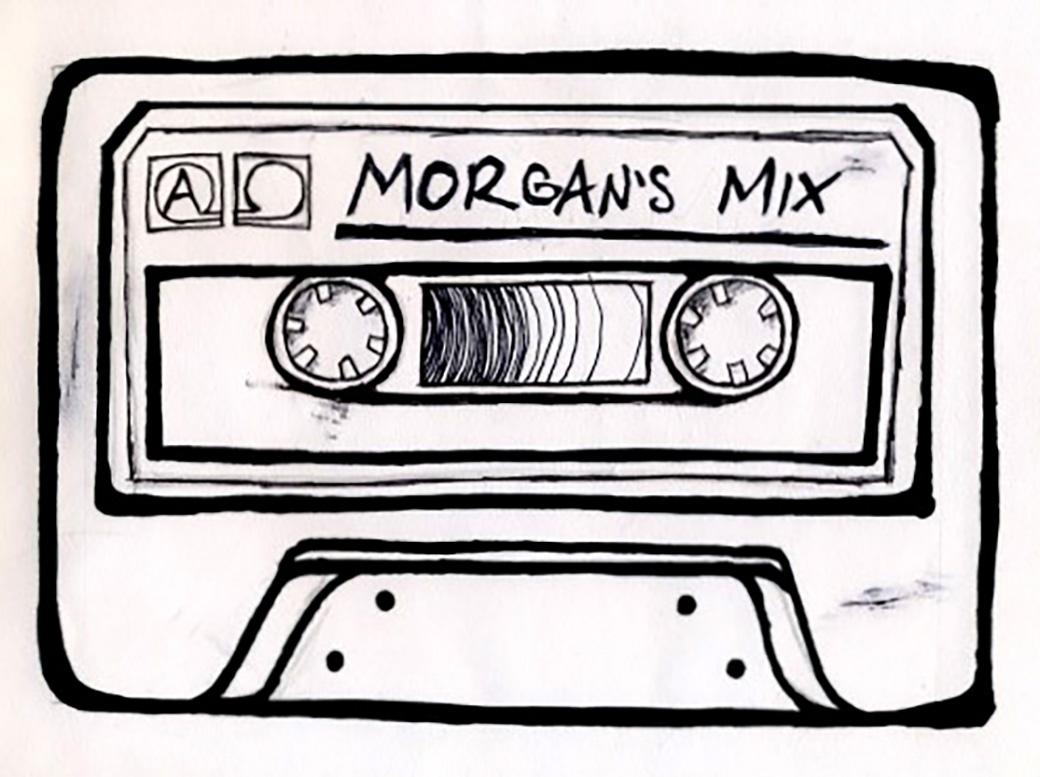
Racial conflicts prominent in modern poetry
America is built on the idea that it is a mixing pot of cultures and races, blending everyone but not excluding their culture’s original spice.
However, racial and cultural conflicts have always been prominent in everyday life, even today, that show the unwanted separation of culture and white America in the mixing pot. This includes everything from cultural appropriation to violent racist acts.
One prime example is the latest controversy regarding a white man who used a Chinese pseudonym to have his poem selected for the Best American Poetry anthology.
One of the guest editors of this year’s anthology was Native American writer, Sherman Alexie, who chose the poem partially because of the Chinese name. He was outraged when he found out that it wasn’t written by a Chinese-American woman, but rather a white man. While this incident caused massive outbreak from poets everywhere, Alexie decided to keep it in the anthology to prove that he also chose the poem because he liked it, not just because he was trying to get more ethnic representation.
Alexie wants to incorporate Native American culture and other culture’s spice into the mixing pot that seems to blind the hypothetical taste buds of the world, breaking down the institutionalized alienation of other races in American society. He praises a novel written by Leslie Marmon Silko that shows the conflicts between Native American culture and white society through the protagonist, as well as the mixing of many cultures through sub plots and side characters.
“ ‘Ceremony’ is the greatest novel in Native American Literature,” Alexie said. “It is one of the greatest novels of any time or place. I have read this book so many times that I probably have it memorized. I teach it and I learn form it and I am continually in awe of its power, beauty, rage, vision and violence.”
“Ceremony” was Leslie Silko’s first novel, and it declared her as the first Native American woman novelist. The protagonist, Tayo, is a mix – half white, half Native American – and a WWII veteran returning from war. This is prominent throughout the novel as he struggles to get free from the suffocating white smoke (PTSD), and compromise his native origin stories to find himself again. This is when he goes through the healing ceremony recommended to him by a medicine man named Betonie.
Betonie was all about mixing; mixing of the real world and magical worlds, of native culture and of white culture and of his Native blood and his Mexican blood. As a medicine man, he is able to channel each of these important parts of himself to ensure the ceremony for Tayo.
Silko uses the seclusion Tayo feels as a way to point out the separation of Native American culture and the modern American culture. She uses Betonie almost as a symbol to show how calm the world could be to accept the mingling of all the cultures – not crossing, but respecting. As Tayo continues through the ceremony, he can feel himself becoming more grounded to the idea that though he is different, he is able to channel his cultures and live beyond the oppressions he has experienced his entire life.
Looking at the piece as a whole, Silko creates a mixing pot of old stories and Native American traditions and characters in “Ceremony.” Each traditional story selected to reflect the plot of the next character and relate it to the modern American world that they live in.
Silko portrays the obliteration of cultures through character’s lives in “Ceremony,” which was first published in 1977, and continues to be relatable in 2015. Like these characters, the entire pseudonym incident involving Sherman Alexie and the Best American Poetry anthology relates to the conflict between keeping and erasing different cultures in modern society.

